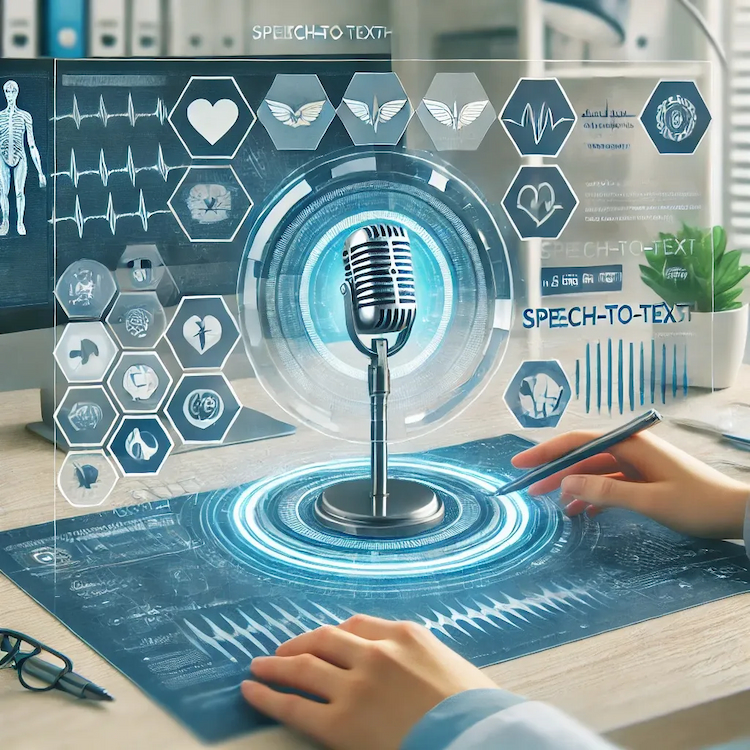Key considerations when using Speech to Text technology

1. What is Speech to Text?
Speech to Text technology uses artificial intelligence (AI) and voice recognition to convert spoken words into written text. Widely applied in education, work, and daily life, this technology brings convenience and enhances productivity.
2. Key considerations when using Speech to Text
Choose the right application for your needs
There are various Speech to Text tools like Google Docs Voice Typing, Otter.ai, and Microsoft Azure. Select a platform that supports your language and purpose to ensure the most accurate results.
Check your device and network
Speech to Text requires a quality microphone and stable internet connection for accurate recognition. Always test these factors beforehand to minimize errors.
Speak clearly and with proper intonation
Unclear speech or use of regional accents can lead to misrecognition. Speak slowly, clearly, and maintain standard intonation for better accuracy.
Edit the converted text
Despite advancements, errors can still occur. Allocate time to review and edit the text after conversion to ensure it meets your requirements.
Pay attention to data privacy
If you are using Speech to Text for sensitive content, ensure the platform you choose has robust privacy policies to protect personal and critical information.
3. Benefits of mindful use of Speech to Text technology
Improves productivity: Reduces time spent on manual typing.
Enhances accuracy: Proper usage ensures more reliable results.
Secures data: Avoids risks of information leaks.
Speech to Text technology is a powerful tool, but its effectiveness depends on how you use it. Start implementing these tips today to make the most of this innovative solution!









